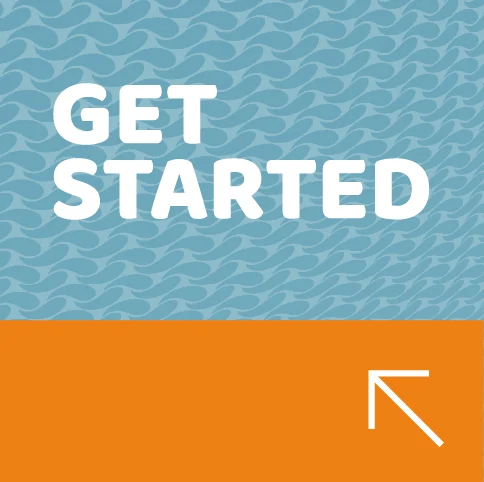Email marketing is a powerful tool that can help businesses connect with their customers, build brand loyalty, and drive sales. However, with so many emails flooding our inboxes every day, it can be challenging to cut through the noise and capture your audience’s attention.
That’s where the art of timing comes in. Timing is everything when it comes to email campaigns. If you send your emails at the wrong time, they might get lost in the shuffle, or worse, end up in the spam folder. On the other hand, if you send your emails at the right time, you can increase your open and click-through rates, drive engagement, and ultimately achieve your marketing goals.
In this blog post, we’ll dive deep into the art of timing in email marketing and share tips and strategies for setting up email sequences that maximise engagement. Whether you’re new to email campaigns or looking to improve your existing sequences, we’ve got you covered.
The importance of timing in email marketing
Timing is everything in email marketing campaigns. You can have the best email content in the world, but if you send it at the wrong time, it might go unnoticed. That’s why it’s essential to understand the importance of timing when it comes to email campaigns.
Firstly, sending emails at the right time can have a significant impact on your open rates. If you send your emails when your subscribers are most likely to be checking their inbox, you increase the chances that they’ll actually open and read your email.
Secondly, the timing of your emails can also impact your click-through rates. If you send your emails when your subscribers are most engaged and receptive, you increase the chances that they’ll take action, whether that’s clicking through to your website or making a purchase.
Finally, timing can also impact the overall effectiveness of your email campaigns. If you send your emails at the wrong time, you risk annoying your subscribers, causing them to unsubscribe or mark your emails as spam. On the other hand, if you send your emails at the right time, you can build trust and loyalty with your subscribers, leading to long-term success. In short, the importance of timing in email marketing cannot be overstated.
How to determine the best time to send your emails
Determining the best time to send your emails can be a bit of a challenge, but it’s an essential step in creating effective email campaigns. To help you get started, here are some factors to consider when deciding on the timing of your emails:
Your target audience and their behaviour patterns
Think about your target audience and when they’re most likely to be checking their inbox. For example, if you’re targeting busy professionals, you might want to send your emails early in the morning or later in the evening when they’re not at work.
Time zone differences and geolocation
If you have a global audience, consider time zone differences and how they might impact the timing of your emails. You don’t want to send an email to someone in Australia at 3 am!
Industry-specific considerations
Different industries might have different optimal send times based on their target audience and behaviour patterns. For example, B2B companies might find that sending emails during the workweek is most effective, while B2C companies might find that weekends and evenings work best.
Time-sensitive content or promotions
If you’re running a time-sensitive promotion or event, make sure to send your emails with enough lead time for your subscribers to take action.
There are also plenty of tools and resources available to help you identify the optimal send time for your emails. For example, many email automation software platforms offer send time optimisation features that can automatically determine the best time to send your emails based on your subscribers’ behaviour patterns.
Ultimately, determining the best time to send your emails will depend on your unique situation and target audience. Experimentation and A/B testing can be useful in finding what works best for you.
Tools to help you identify the optimal send time
If you’re struggling to identify the optimal send time for your email campaigns, don’t worry! There are a number of tools available that can help you make data-driven decisions and maximise engagement with your subscribers. Here are a few examples:
Email marketing platforms
Many email platforms, such as Mailchimp, Campaign Monitor, and Constant Contact, offer built-in analytics that can help you identify the best time to send your emails. These platforms track metrics like open rates, click-through rates, and conversion rates, and can help you identify trends and patterns in your subscribers’ behaviour.
Google Analytics
Google Analytics is a powerful tool that can help you track website traffic, user behaviour, and other key metrics. By linking your Google Analytics account to your email campaigns, you can track the impact of your emails on website traffic and identify the best time to send your emails for maximum impact.
Email scheduling tools
There are a number of email scheduling tools available, such as Sendinblue and Boomerang, that can help you schedule your emails to be sent at the optimal time. These tools use algorithms and data analysis to identify the best time to send your emails based on your subscribers’ behaviour.
By using these tools and taking a data-driven approach to your email marketing, you can identify the best time to send your emails and maximise engagement with your subscribers. Remember to test and optimise your send times over time to continually improve your results.
Strategies for setting up effective email sequences
Now that you’ve got a better idea of how to determine the best time to send your emails, let’s dive into some strategies for setting up effective email sequences. Here are some tips to help you maximise engagement and achieve your marketing goals…
Segment your audience
One of the best ways to increase engagement with your email campaigns is to segment your audience. By dividing your subscribers into different groups based on demographics, interests, or behaviours, you can create targeted email campaigns that are more likely to resonate with your audience.
Personalise your emails
Personalisation is key to effective email marketing. Use your subscribers’ names, purchase history, and other data points to create personalised email content that speaks directly to their needs and interests.
Use a clear and compelling subject line
Your subject line is the first thing your subscribers will see in their inbox, so make sure it’s clear and compelling. Use action-oriented language and consider A/B testing different subject lines to see what resonates best with your audience.
Focus on the value proposition
Make sure your emails provide real value to your subscribers. Whether you’re sharing industry insights, promoting a new product, or offering a discount code, make sure your content is useful and relevant to your audience.
Use a clear call-to-action (CTA)
Your email should have a clear and prominent call-to-action that tells your subscribers exactly what you want them to do. Whether it’s clicking through to your website, making a purchase, or signing up for a webinar, make sure your CTA is easy to find and compelling.
Test and optimise
Finally, don’t be afraid to experiment and test different elements of your email campaigns. A/B testing subject lines, CTAs, and even send times can help you identify what works best for your audience and improve your engagement rates over time.
Types of successful email sequences
Looking for inspiration for your own email sequences? Here are some types of email campaigns that can maximise engagement and achieve your marketing goals…
A welcome sequence is a series of emails that are sent to new subscribers after they sign up for your mailing list. This is a great opportunity to introduce your brand, set expectations, and provide value to your new subscribers.
An abandoned cart sequence is a series of emails that are sent to users who have added items to their cart but haven’t completed their purchase. These emails are designed to remind users of what they’ve left behind and encourage them to complete their purchase.
A re-engagement sequence is a series of emails that are sent to subscribers who haven’t engaged with your emails in a while. These emails are designed to re-ignite interest in your brand and encourage subscribers to re-engage with your content.
An upsell sequence is a series of emails that are sent to customers who have recently made a purchase. These emails are designed to encourage customers to upgrade or purchase complementary products.
By studying these email sequence types and adapting them to your own brand and audience, you can create effective email sequences that maximise engagement and achieve your marketing goals.
The art of timing
By now, you should have a good understanding of the importance of timing in email campaigns, and some strategies for setting up effective email sequences. Remember, there’s no one-size-fits-all solution when it comes to email marketing – you’ll need to experiment and test different strategies to find what works best for your audience.
Remember, the art of timing is an ongoing process – keep testing and optimising your email campaigns to ensure you’re maximising engagement with your subscribers. And if you’re not sure how to set up your email sequences, we can help.







